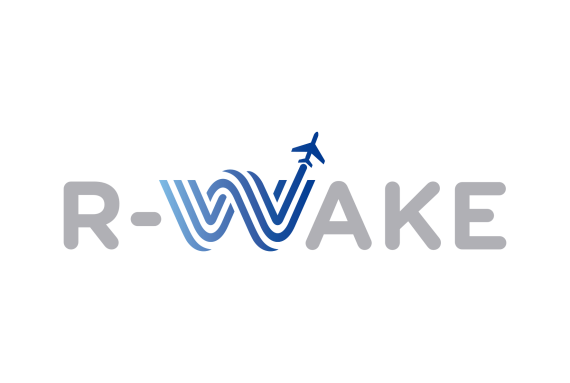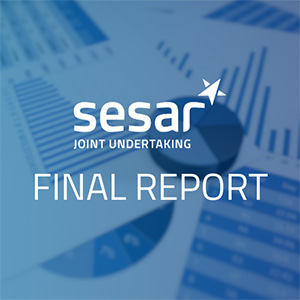Optmising airspace through dynamic use of wake vortex
The R-WAKE project addressed the risk and safety study of the wake vortex encounter (WVE) hazards in en-route airspace, and the identification of potential enhancements to the current separation schemes. The aim is to enable traffic and trajectory management improvements, and expected benefits in safety, airspace capacity, and flight efficiency of the European ATM system. Applying a simulation-based approach, the project delivered five tangible results:
- An ATM simulator that includes high-fidelity WVE dynamic risk models, referred as R-WAKE System, tailored to support the project research approach.
- A WVE hazard severity baseline, defined as a matrix of upset parameters thresholds per severity class, developed and assessed with contributions of experienced pilots and air traffic controllers.
- A public database of simulation results, which constitutes an evidence body to support new separation scheme proposals, containing the upset and severity class computed for a large number of encounter scenarios, involving different aircraft types, geometries, separations, and weather conditions.
- The R-WAKE-1 Concept proposal, which consists of six new separation schemes designed to increase safety against WVE hazards and also airspace capacity, looking at the minimum wake separation in the three dimensions: lateral, vertical, longitudinal, and also combined lateral-vertical, and wind-dependent dynamic separations.
- A feasibility and impact assessment of the concept, concluding that there is enough justification for proposing R-WAKE-1 as a new SESAR Solution, as a first step in a roadmap of identified incremental evolutions towards a long term R-WAKE concept for optimising en-route separation minima provision.
Benefits
- Improved safety
- Increased airspace capacity
- Increased flight efficiency




